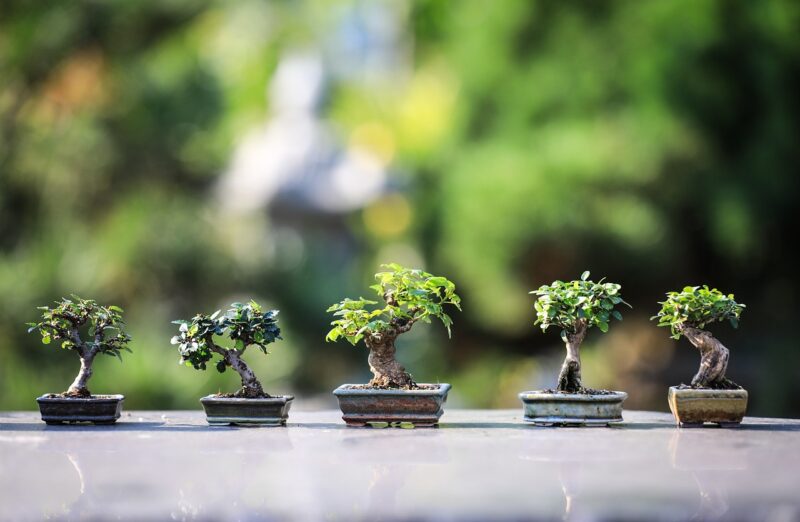Sand Gardens and Zen: How Sand Is Used for Meditation and Mindfulness Practices
November 14, 2024

Sand, a seemingly simple substance found on beaches and deserts, has incredible significance in various cultures around the world, particularly within Zen Buddhism. The practice of creating sand gardens (or karesansui) and utilizing sand in mindfulness practices has been prevalent for centuries, offering profound benefits for meditation and mental clarity. This article delves deep into the fascinating world of sand gardens, their historical importance, and how sand is used for meditation and mindfulness practices.
1. Understanding Sand Gardens: An Overview
Sand gardens, or Zen gardens, are minimalist landscapes filled with gravel, stones, and sand meticulously arranged to evoke peace and tranquility. Originating from Japan, these gardens were created in the Muromachi period (1336 – 1573) and were influenced by the idea of representing nature in its most simplified form.
The arrangement of rocks, the raking of sand, and the overall design of these gardens serve not only as aesthetic elements but also as means for meditation and reflection. Zen gardens are meant to inspire calmness through simplicity, allowing the mind to focus and find peace amidst chaos.
2. The Symbolism of Sand in Zen Practices
In Zen Buddhism, sand holds significant symbolism. It represents transience, emptiness, and the cycle of life and death. Just like the grains of sand that can be swept away, our lives are transient and ever-changing. Understanding this impermanence is a key component of Zen philosophy and meditation.
Creating patterns in the sand using a rake reflects the intricate relationship between the individual and the universe. As each pattern forms, it symbolizes the fleeting nature of life: everything created can also be destroyed, and what remains is the stillness after the upheaval.
3. Setting Up a Sand Garden for Personal Use
Setting up a sand garden can be a rewarding and mindful activity. Here’s a step-by-step process to create your own little oasis of tranquility:
- Step 1: Choose a Suitable Location
Pick a quiet spot in your home, garden, or balcony where you can place your sand garden. Ensure it’s a space that allows for relaxation and solitude. - Step 2: Gather Materials
You will need fine sand, small stones, and a rake (which can be made from a piece of wood or any comb-like object) to create patterns. You may also incorporate larger rocks, plants, or ornaments that resonate with you. - Step 3: Create Your Design
Begin by spreading a layer of sand evenly across the base. Use the rake to create gentle swirls, lines, or waves in the sand. The design can be simple or intricate—allow your intuition to guide you. - Step 4: Meditate on Your Design
Once the garden is designed to your liking, take a moment to sit beside it. Observe the patterns you’ve created, and reflect on their meaning. Allow your thoughts to settle and focus on your breath, immersing yourself in the moment. - Step 5: Maintain Your Sand Garden
Regularly tend to your garden by raking and refreshing the sand. This practice becomes a mindful ritual that reminds you of life’s impermanence.
By creating a personal sand garden, you not only cultivate a peaceful environment but also a space dedicated to introspection and mindfulness.
4. Mindfulness Routines Involving Sand
Beyond simple raking and arranging, there are various mindfulness practices using sand to enhance your experience:
- Meditative Sand Raking: Set aside a few minutes daily to rake your sand garden. Focus on the motion of the rake gliding through the sand, allowing your mind to empty and find clarity in the repetitive action.
- Visualization Techniques: As you rake, visualize your thoughts as grains of sand. Imagine each handful of sand representing a thought, worry, or emotion, and let it flow through your fingers, releasing your attachment to them.
- Sand Meditation: Find a quiet space with sand, either in a sand garden or a beach. Sit comfortably, close your eyes, and focus on the sensation of sand between your fingers as you sift it through your hands. Engage your senses fully, feeling the texture and temperature of the sand while breathing deeply and slowly.
These mindfulness routines foster a deeper connection to the present moment and help soothe the mind.
5. The Psychological Benefits of Sand Gardens
Research indicates that engaging with nature and creating art (even simple, minimalistic art) can lead to various psychological benefits:
- Stress Relief: Working with sand can lower cortisol levels and reduce stress, leading to a more peaceful state of mind.
- Enhanced Focus: The repetitive motion of raking allows individuals to concentrate better, cutting through distractions and promoting mental clarity.
- Increased Mindfulness: Engaging intentionally in activities involving sand enables a stronger connection to the present moment, fostering mindfulness and presence in daily life.
Overall, the practice of utilizing sand in meditation is a powerful tool for enhancing mental well-being as well as achieving a deeper state of peace and tranquility.
6. Conclusion: The Art of Mindfulness Through Sand
Sand gardens represent a beautiful fusion of art, nature, and spirituality. They serve not only as a space for relaxation but are powerful tools for meditation and mindfulness. Through the simple act of raking sand and immersing ourselves in the moment, we can cultivate a deeper understanding of life’s fleeting nature and achieve mental clarity.
As you embrace sand in your own mindfulness practices, remember that the journey is as important as the destination. Find peace in simplicity and allow the tranquil patterns of sand to guide you towards a more mindful existence.








